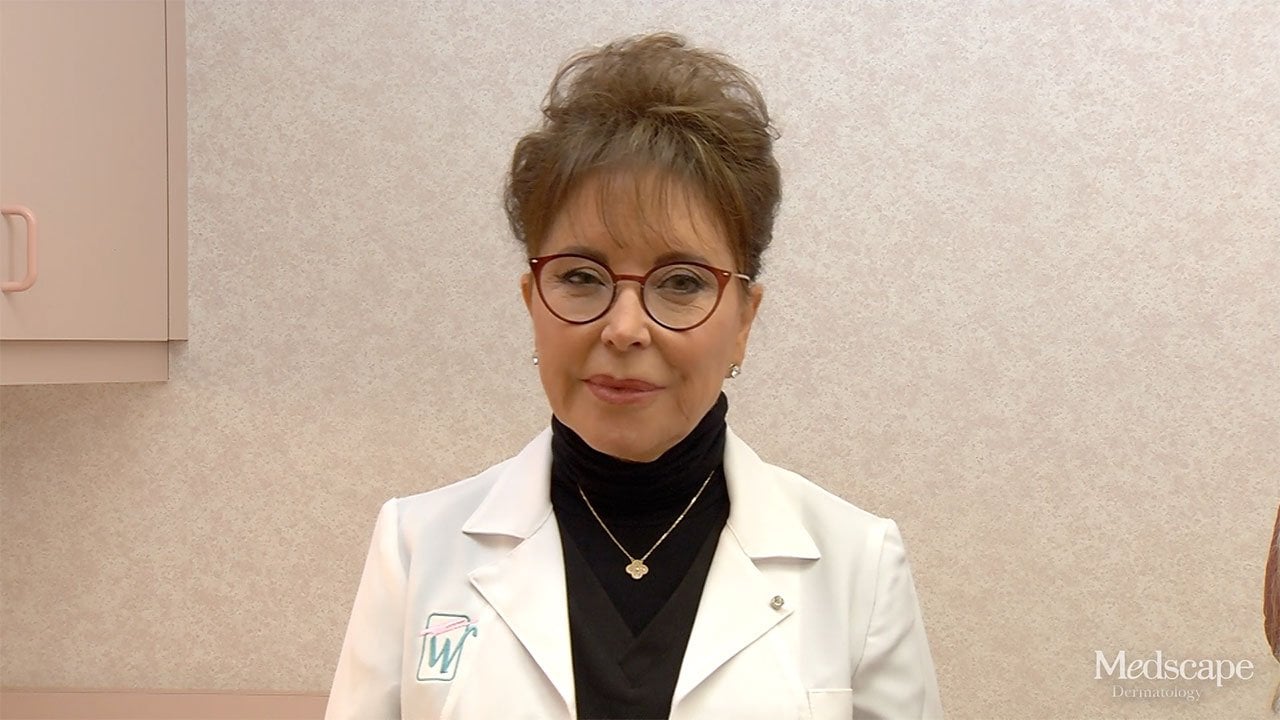Abstract and Introduction
Abstract
Objectives: To assess the histopathologic features of breast tissue of transgender men (TM) undergoing gender-affirming bilateral mastectomies in relation to androgen therapy (AT).
Methods: We reviewed 374 transgender bilateral mastectomy cases from 2017 to 2020. Of these, 314 (84.4%) patients received preoperative AT. We compared these with 127 cases of cisgender females undergoing elective breast reduction.
Results: Breast specimens from TM on AT, compared with cisgender women, showed a median higher gross percentage of fibrous tissue (P < .001), reduced lobular density (P = .004), higher amount of lobular atrophy (P < .001), and lower incidence of cysts (P < .001), apocrine metaplasia (P < .001), calcifications (P < .001), columnar cell change (P = .002), and atypia (P = .003). Each additional month of AT was associated with a 2% decrease in the odds of having nonapocrine cysts (P = .02), a 5% decrease in the odds of having usual ductal hyperplasia (P = .007), and a 0.14% decrease in median lobular density (95% confidence interval, −0.18 to −0.05).
Conclusions: In this study, breast specimens from TM, particularly with a history of AT, had a higher proportion of fibrous tissue, fewer lobules, and a higher degree of lobular atrophy than cisgender females. Rare cases of atypia were not predicted by preoperative imaging or gross findings, supporting routine microscopic evaluation of these specimens.
Introduction
A growing number of individuals identify as transgender in the United States, and as a result, the number of patients seeking gender-affirming surgery has risen considerably in recent years.[1] However, despite this recent increase, many medical centers encounter only a small number of specimens from transgender individuals.[2] With the lack of current established guidelines on how to process and interpret specimens from this patient population, adequate pathologic assessment of these specimens can be challenging and prone to misinterpretation.[2,3] There is a need for more information about the histopathologic findings in this patient population to guide future practice.
Transgender men (TM) are individuals who were assigned female sex at birth but identify as male. Multidisciplinary management for TM may include psychological counseling, androgen therapy (AT), and gender-affirming surgeries, such as masculinizing mastectomy.[4] Long-term AT in these individuals aims to replace endogenous hormones with testosterone for the acquisition of masculine secondary sex characteristics.[5] Dosing can vary between patients, but the goal of AT is to achieve serum testosterone concentrations in the male reference range.[6] In addition to or instead of hormone therapy, many TM opt to undergo appearance-altering surgery. Gender-affirming mastectomy, also known as chest reconstruction or "top surgery," is a safe procedure that has been shown to improve quality of life among TM.[7] The frequency of these procedures is on the rise, and as this procedure gains popularity, pathology services will be expected to evaluate a higher volume of these specimens. Many TM who undergo gender-affirming mastectomy have a history of AT, so it is essential for pathologists to be able to recognize the effects of AT on breast tissue to avoid misinterpretation when evaluating these specimens.
The histopathologic findings in breast tissue from TM with a history of AT provide a good model to analyze the effects of testosterone on breast tissue. A handful of studies to date have described the histopathologic findings in mastectomy specimens from TM.[5,8–11] However, there is a need for more data on the findings in this population to properly educate the pathology community on appropriate processing protocols and interpretation of these specimens. This study is the largest study to date to assess the histopathologic findings of TM breast tissue with a direct comparison to a cisgender female control group undergoing elective breast reduction. In this way, this study will assess the correlation between AT and the histopathologic changes observed in breast tissue of TM.
Am J Clin Pathol. 2023;159(1):43-52. © 2023 American Society for Clinical Pathology












